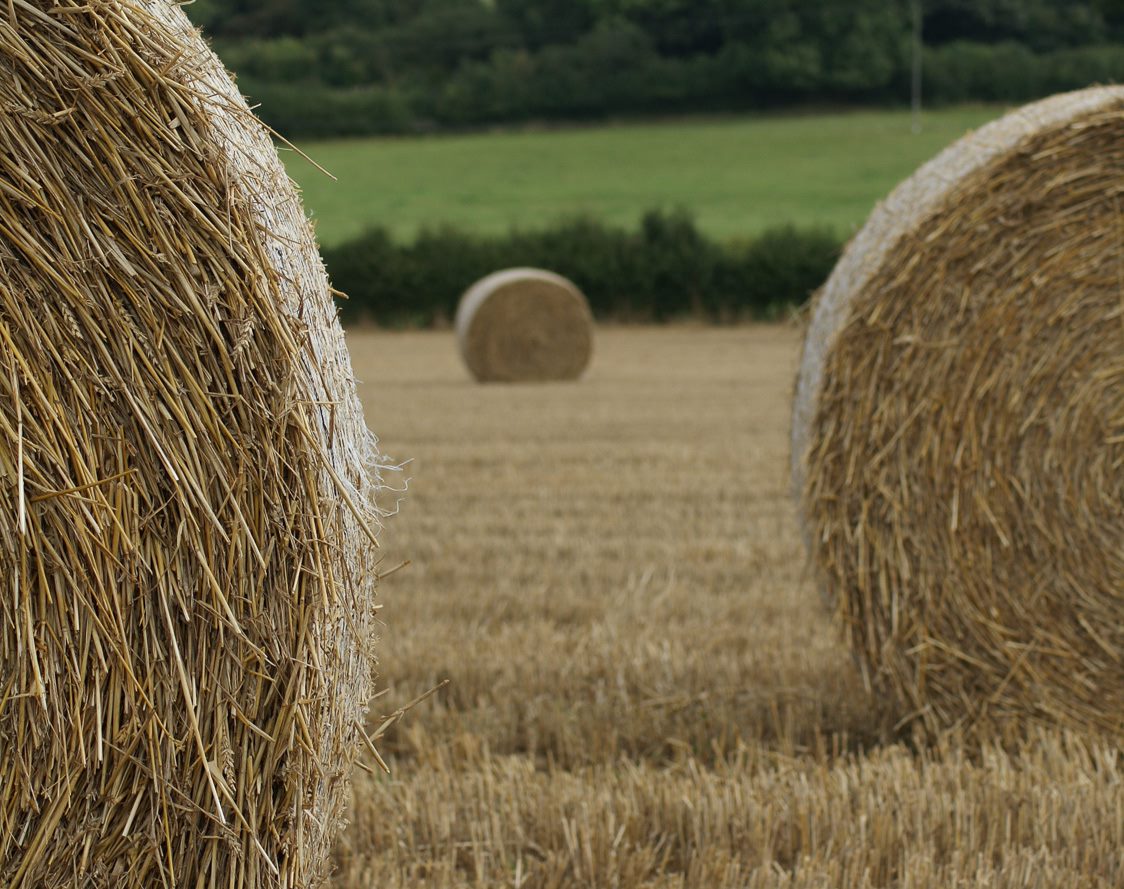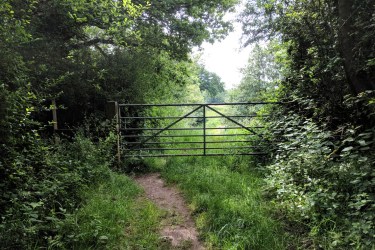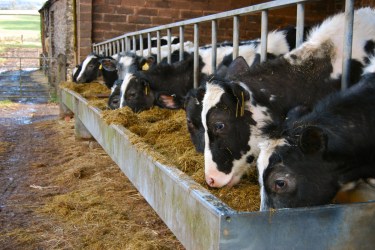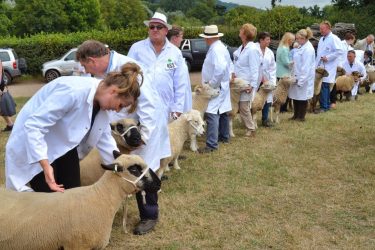By Garry Kidner
What a difference a year makes? Last autumn was close to ideal for arable farmers with crops sown into fantastic seed beds and near perfect growing conditions which resulted in record yields above 10 tonnes/ha being achieved by many growers.
Move on a year and it has been an extremely wet drilling season and much land is still not sown especially on heavier soils. The option of drilling spring sown crops instead is about the only alternative for many but this will have an impact on yield and as spring sown seed stocks are tight and expensive margins will take a hit. This lower yield expectation is already filtering through to the future markets with prices moving up to £150/tonne for wheat next November compared to the £130/tonne currently. This will help arable margins offset the lower yield but will have a negative impact on the livestock sector which will be looking at higher feed costs.
The other area to consider for the livestock sector is straw costs. Following the drought of 2018 straw prices rocketed. Plenty of straw was baled and carryover stocks where good which reduced straw costs again in 2019, but what are the prospects for 2020? Along with the lower crop expectations straw yields will also be lower which could again push up prices. If cashflow allows would it may be a good idea to fill the barn with old crop straw at the end of this winter ready for winter 2020.
What price will bedding straw be in 2020?








